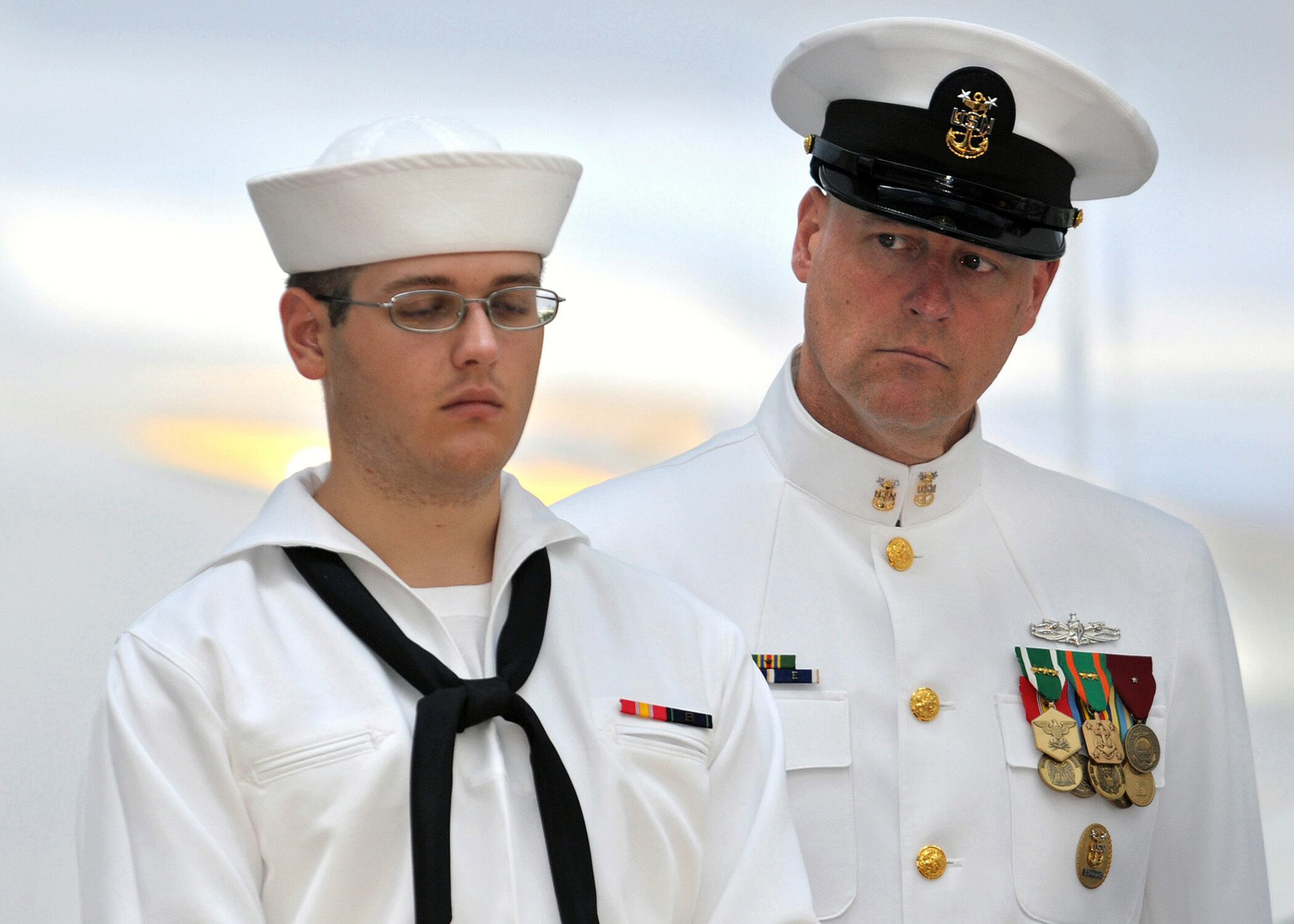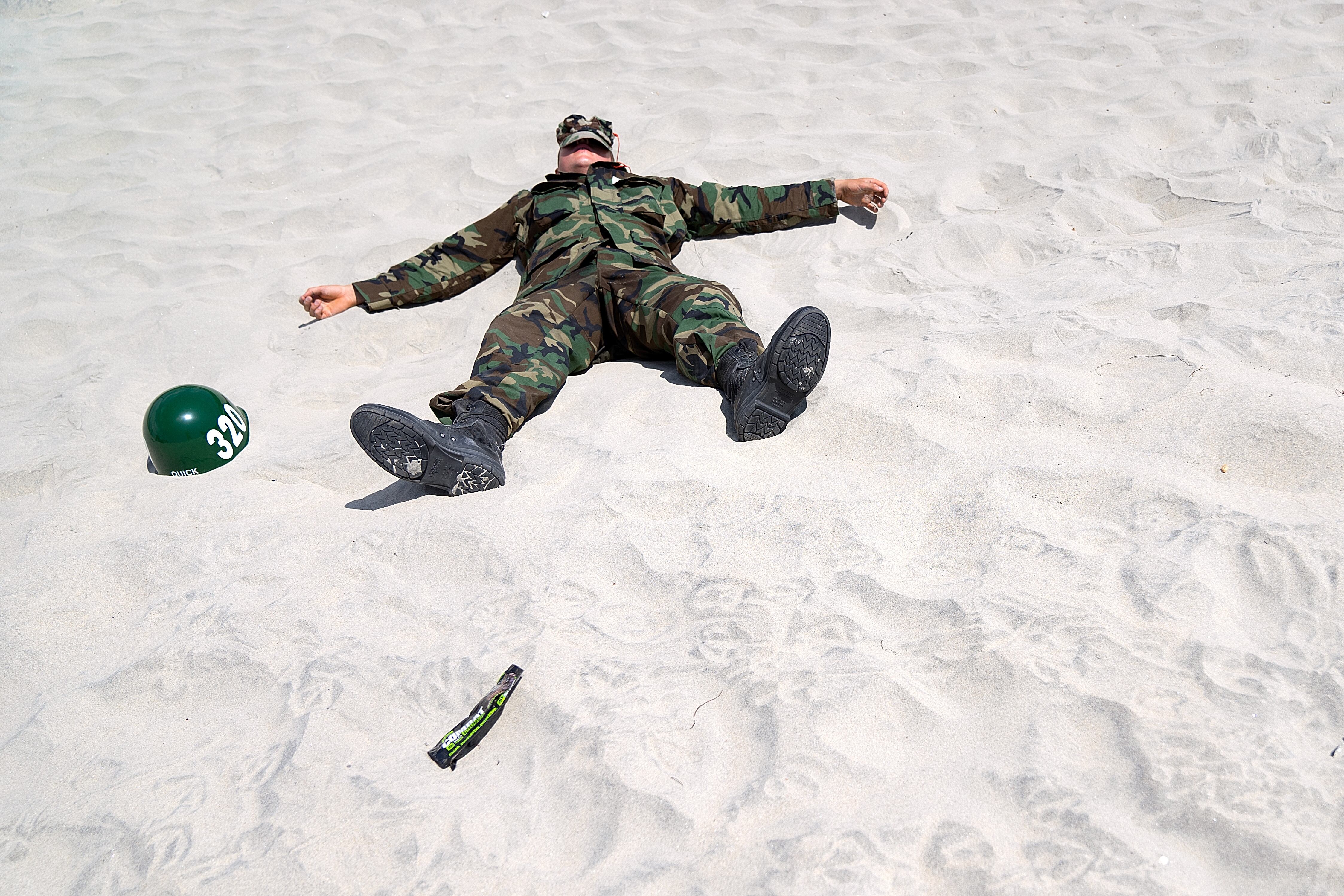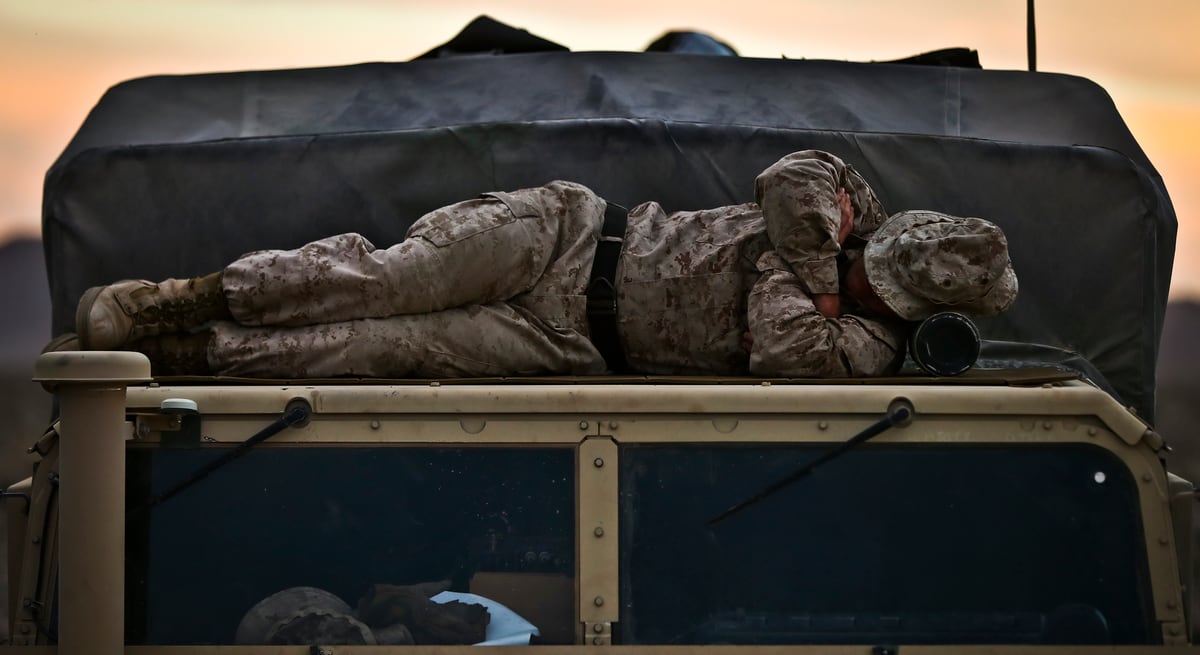Sleep for sailors (and soldiers) is in the news.
A recent Military Times article shared the results of a recent Sleep Institute study that found a strong “association of insomnia and sleep apnea with deployment and combat exposure," and a recent U. S. Naval Institute News article reported that the “Fleet (is) Finding New Sleep-Sensitive Watch Schedules Boosts Crew Performance, Efficiency.”
This might be news to some, but to me it’s a long overdue realization.
It’s gratifying to see validation of years of research and experience, but frustrating to see it presented as “news” when we already know so much about these problems and have the opportunity to fix them.
Now is the time to accelerate the learning process and leverage the benefits of circadian watches and crew endurance policies into a Navy-wide mindset that values and prioritizes personal readiness. Just making sure that fatigue is no longer a badge of courage is a good start, but we can do so much more to improve the lives of sailors.
But first, a quick history lesson.
In 2009, the guided-missile cruiser Port Royal ran aground off the coast of Hawaii. Investigators cited fatigue as a key cause of the mishap. The National Transportation Safety Board routinely lists fatigue as a major factor in maritime accidents.
In 2012, a Navy Times cover story highlighted the use of a circadian watch rotation to decrease crew fatigue.
Three years later, a study by the Rand Corporation noted that sleep deprivation in the military is a major contributor to stress, health issues and unplanned losses, with links to Post-Traumatic Stress Disorder and increased suicide risk.
Rand researchers called for these issues to be addressed immediately. Within military communities, best practices were shared but no major educational effort or policy changes swept the services.
Although some reforms took hold — the submarine force adopted circadian watches in 2015 — the Navy continued on its course and speed.
It wasn’t until 17 sailors died in a pair of separate 2017 collisions involving the guided-missile destroyers Fitzgerald and John S. McCain and commercial vessels that Navy leaders seemed ready to take action.
Investigations into the causes of the deadly mishaps found crew members who reported being “fatigued, even exhausted” when standing watch or performing maintenance.

Like the underwater force, the surface Navy began to implement circadian watch rotations and crew endurance policies. But recent congressional testimony described their use as “inconsistent.”
Last week a friend of mine whose son is on board a deployed destroyer told his mom that it’s all talk and no action, albeit with saltier language.
There are obstacles to fully addressing crew fatigue. Life at sea is demanding. Manning shortages continue to plague the fleet and are not always well quantified. In fact, as long as we celebrate a fit/fill of 92/95 instead of marking it “absolute minimum," this will not change.
There is, however, a clear root cause for the lack of lasting, comprehensive crew endurance solutions: The Navy has only addressed some behavior of the force; it never attacked the mindset at a service level.
I have studied — and lived with — sleep deprivation, fatigue, crew rest and circadian rhythms for the past decade.
While in command of a cruiser I used a circadian watch bill at sea, and the performance and morale of my crew made me a believer. While not a perfect cure for everything, it works.
Navy researchers like Dr. Nita Shattuck and Dr. Kimberly Culley have amassed a mountain of research to support the safety, operational and long-term health impacts of circadian-based schedules, and many current commanding officers have seen the benefits.
It aligns perfectly with — and in reality is a necessary prerequisite for — other recent initiatives, such as “mindfulness” and “toughness”.
Navy Times, the U.S. Naval Institute’s Proceedings and the Surface Navy Association have published multiple articles or sponsored panels on the topic — in some ways paying more attention to the issue than the Navy, itself!

To be fair, Adm. John Richardson during his time as Chief of Naval Reactors and Chief of Naval Operations helped to move the needle on this vital issue. And he was aided by commanders such as Rear Adm. Jesse Wilson Jr. and Capt. Chuck Good. As they retire, who will carry the torch for crew endurance?
While this is also a “bottom up initiative" (because it works), let’s start right at the top.
I challenge a couple of shipmates and classmates: next CNO, career surface warfare officer Adm. Michael Gilday, and the new Chief of Naval Personnel — Vice Adm. John Nowell, another solid SWO. Please prioritize crew rest and endurance as a warfighting imperative. You can do this by:
• Launching a Crew Endurance Panel to chart the progress on combating fatigue across the Navy. Bring in experts and operational commanders to create momentum in training the force on human requirements for sleep, the operational benefits of it and the best practices for ensuring rest on shore and at sea. The recent contract to provide sleep counseling and monitor a group of 800 soldiers and sailors is a start.
• Promulgating a Crew Endurance Policy by the end of 2019 to convert the guiding principles of circadian watch rotations, daily routines built around the watch standers, and best practices to mitigate fatigue into operational priorities for the entire Navy. SUBFOR and SURFOR have paved the way; their instructions and NATOPS (the aviators have always gotten it!) can be used as models.
• Establishing a Center of Excellence to craft educational products, track implementation, and train the force in the science of sleep, always striving to keep the minds and bodies of sailors sharp.
The Navy owes sailors a culture that maintains its people with the same rigorous mindset and planning as the maintenance of its ships and aircraft. Proper crew rest and sleep hygiene not only improve the daily performance and long-term endurance of our personnel in stressful environments but best practices will lead to better long-term health outcomes when our sailors leave the service.
I further challenge leaders at all levels, from the Commanding Officer to the CPO mess, to educate yourself so that you can implement the appropriate measures to safeguard your crews, whether they are in the South China Sea, the Strait of Hormuz or in their homeports.
Lives depend on it.
RELATED

Capt. John P. Cordle retired from the Navy after 30 years of service in 2013. He commanded the guided-missile cruiser San Jacinto and the guided-missile destroyer Oscar Austin. In 2010, he received the U.S. Navy League’s Captain John Paul Jones Award for Inspirational Leadership during his final tour as the chief of staff for Commander, Naval Surface Forces Atlantic. He’s also received the BUMED “Epictetus” Award for Innovative Leadership, and the 2013 Surface Navy Association “Author of the Year” for co-authoring “A Sea Change in Standing Watch” with Dr. Nita Shattuck. Since retiring, he has written extensively on Crew Endurance improvements like circadian watch rotations and was recognized as the 2018 Surface Navy Association and U. S. Naval Institute Proceedings “Author of the Year.” He received his Doctor of Engineering degree from Old Dominion University in Human Systems Integration.




